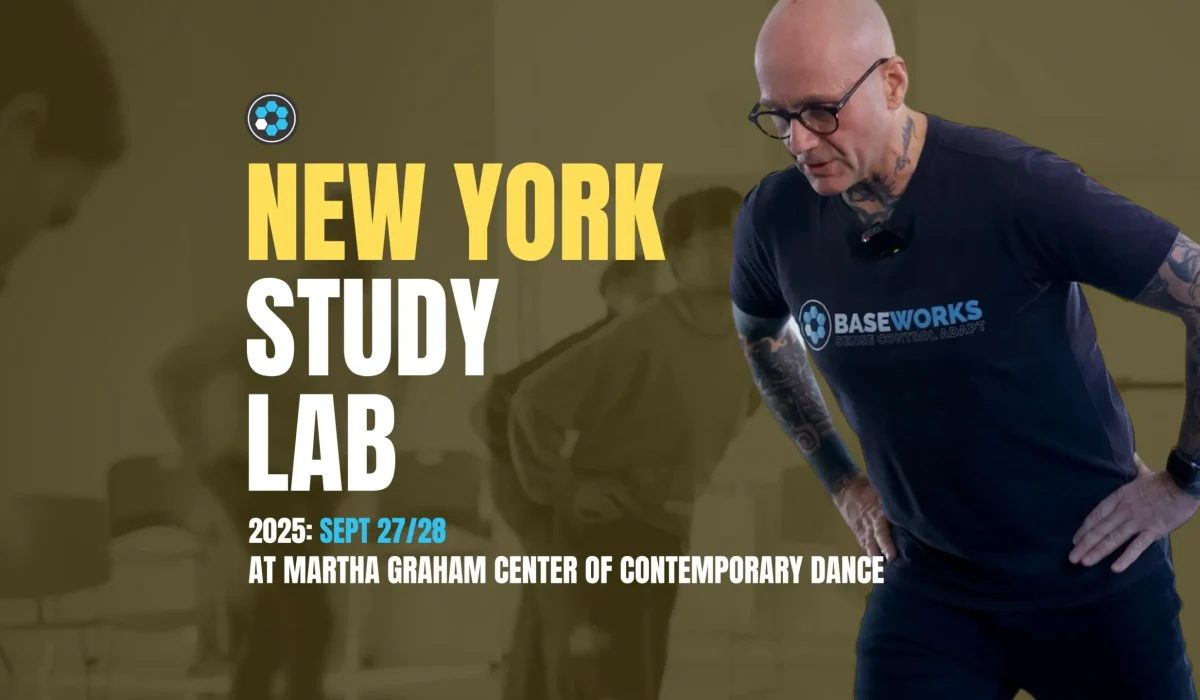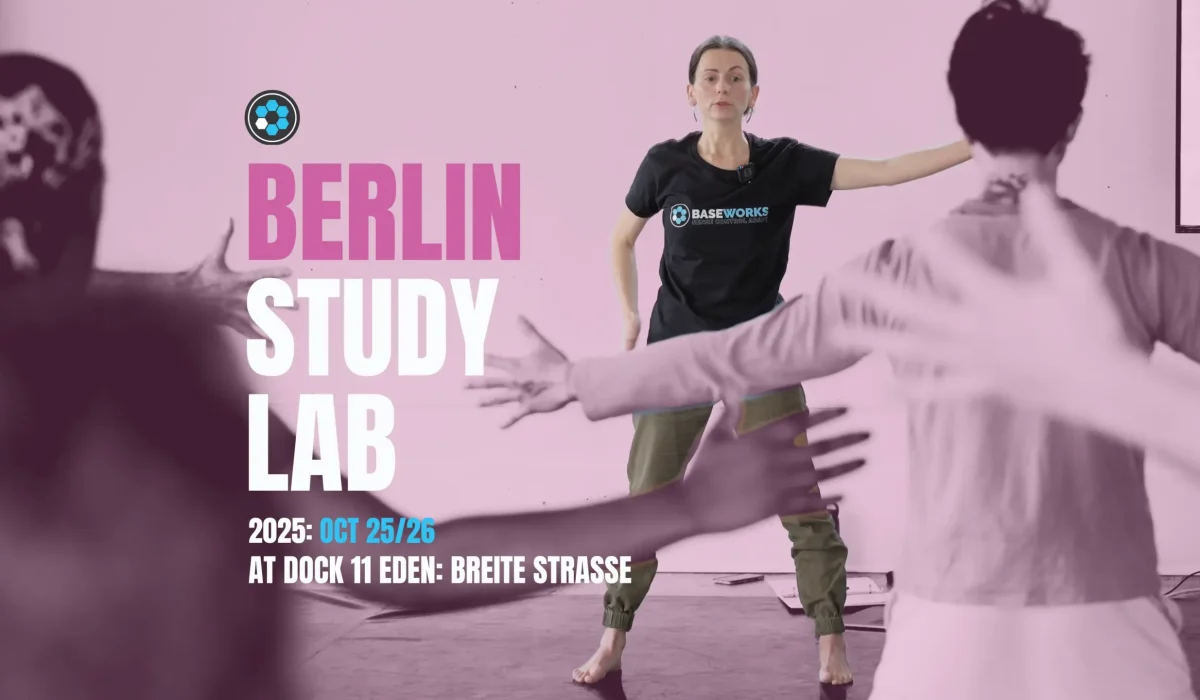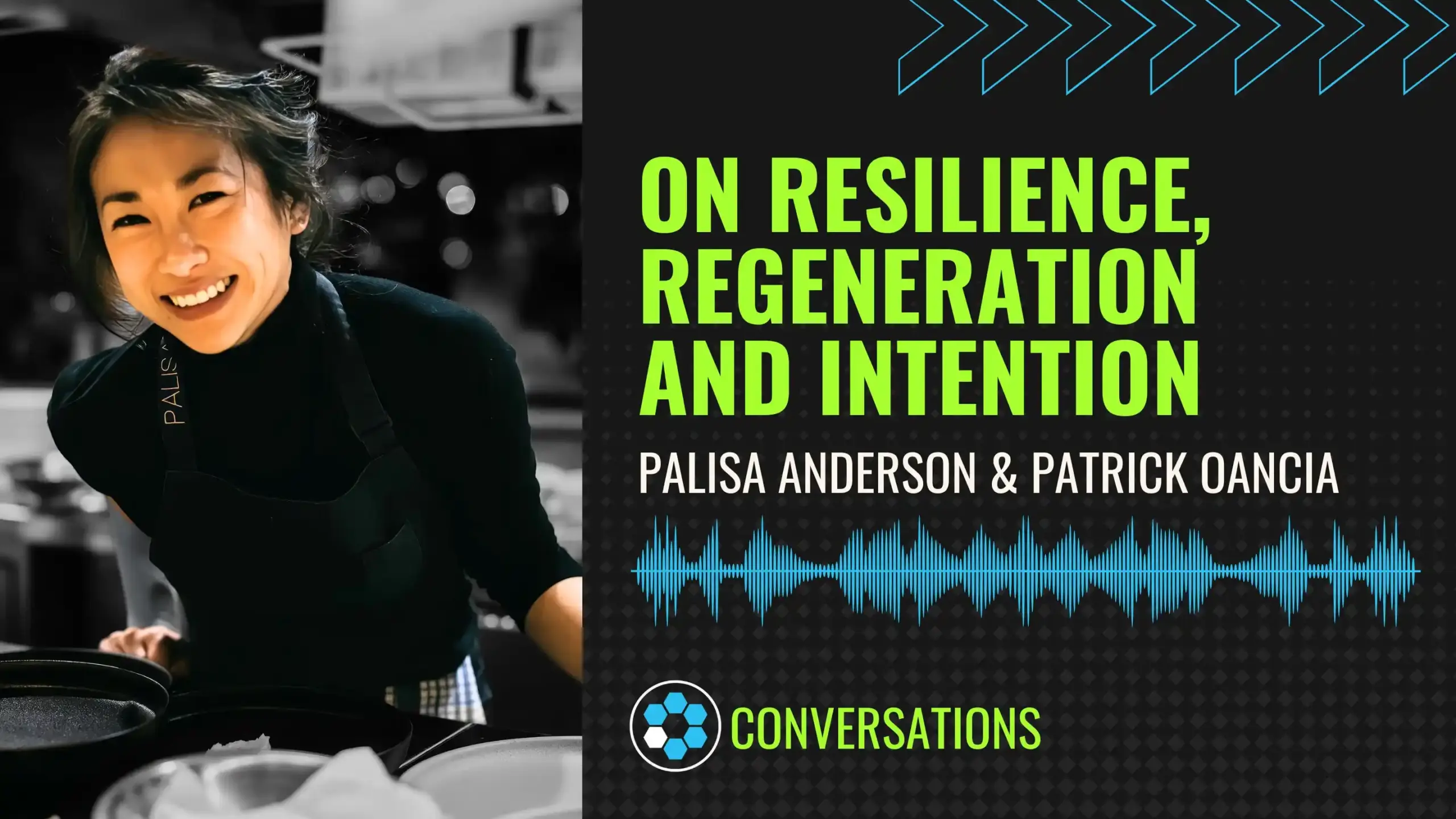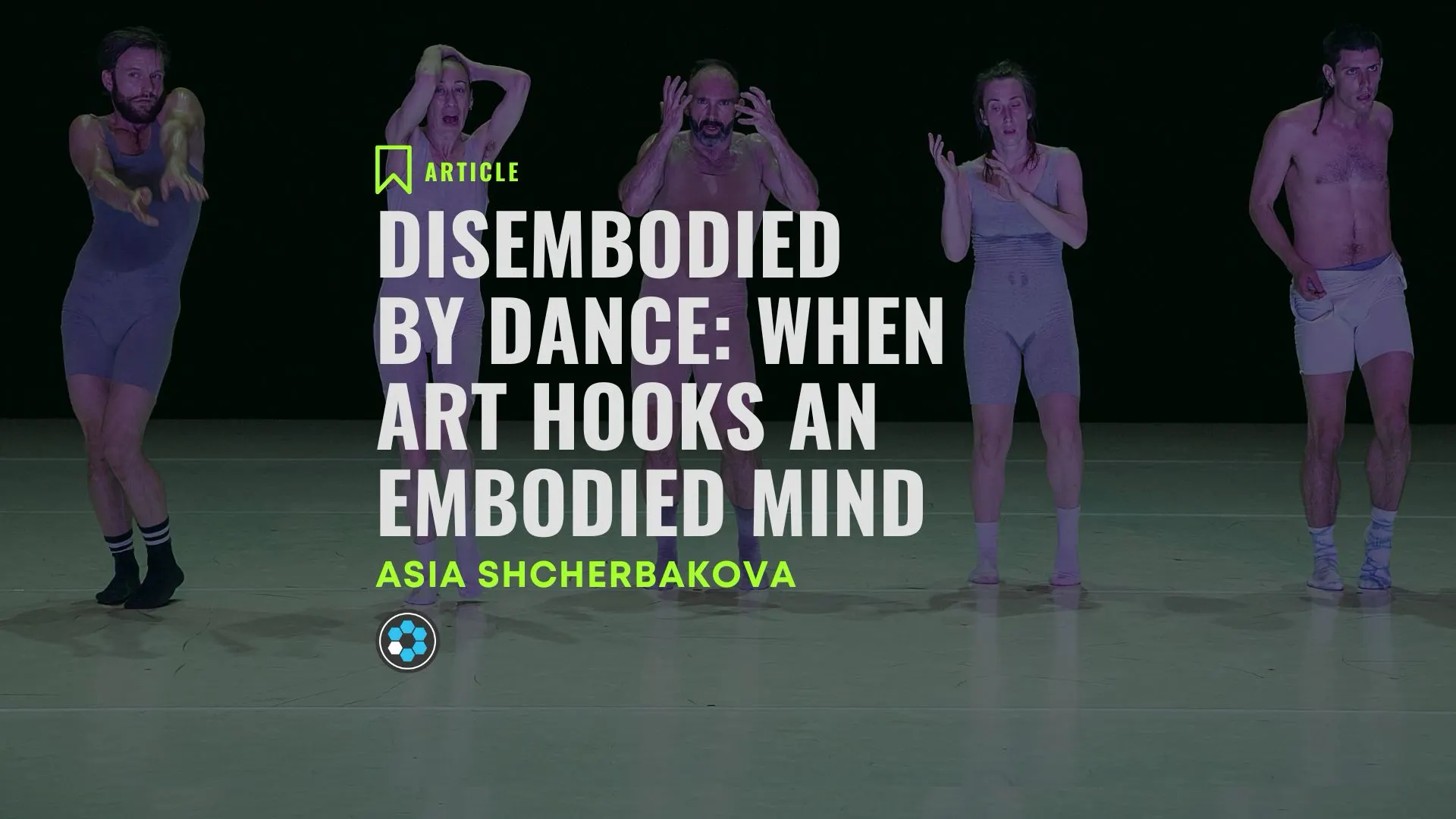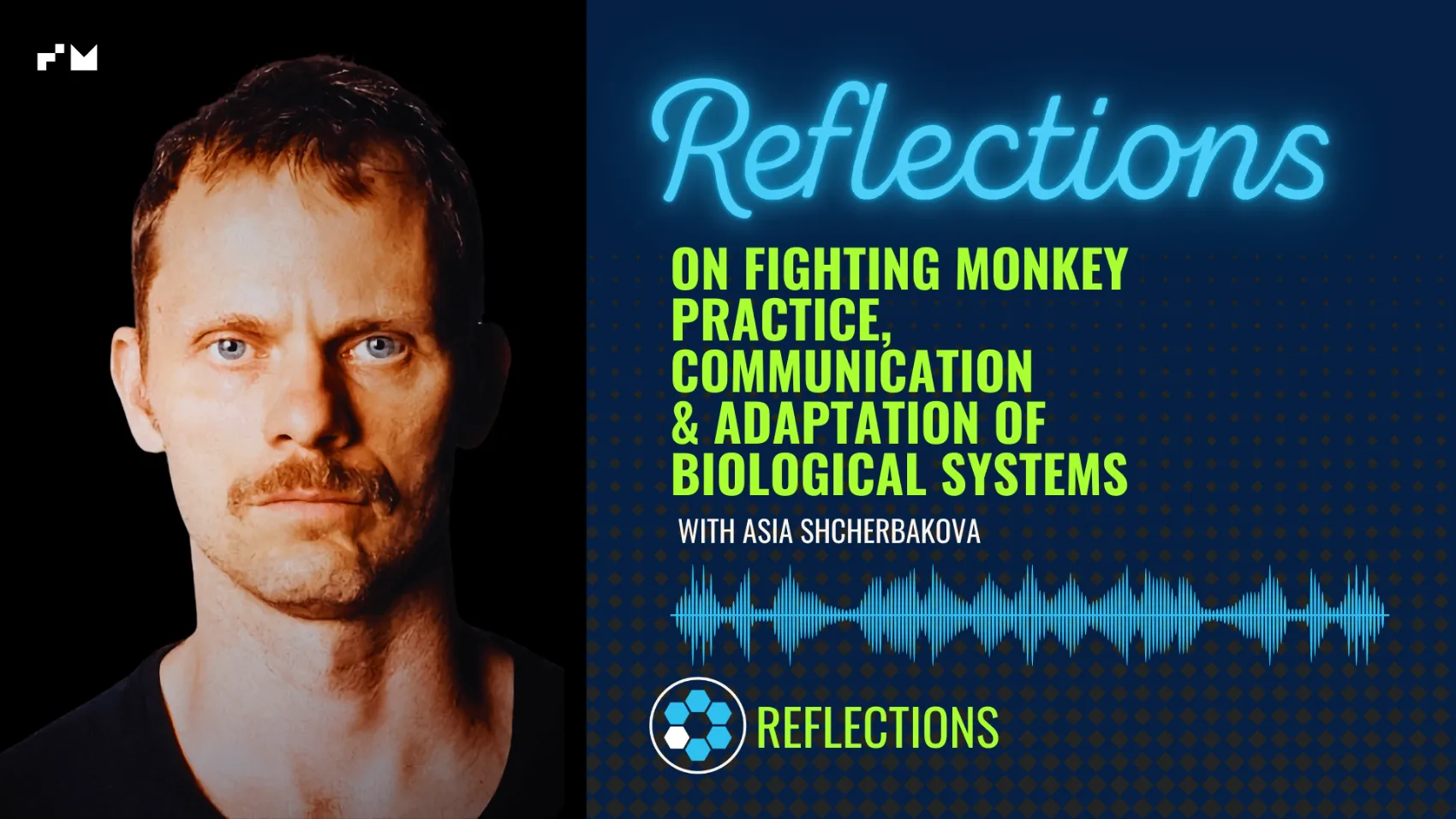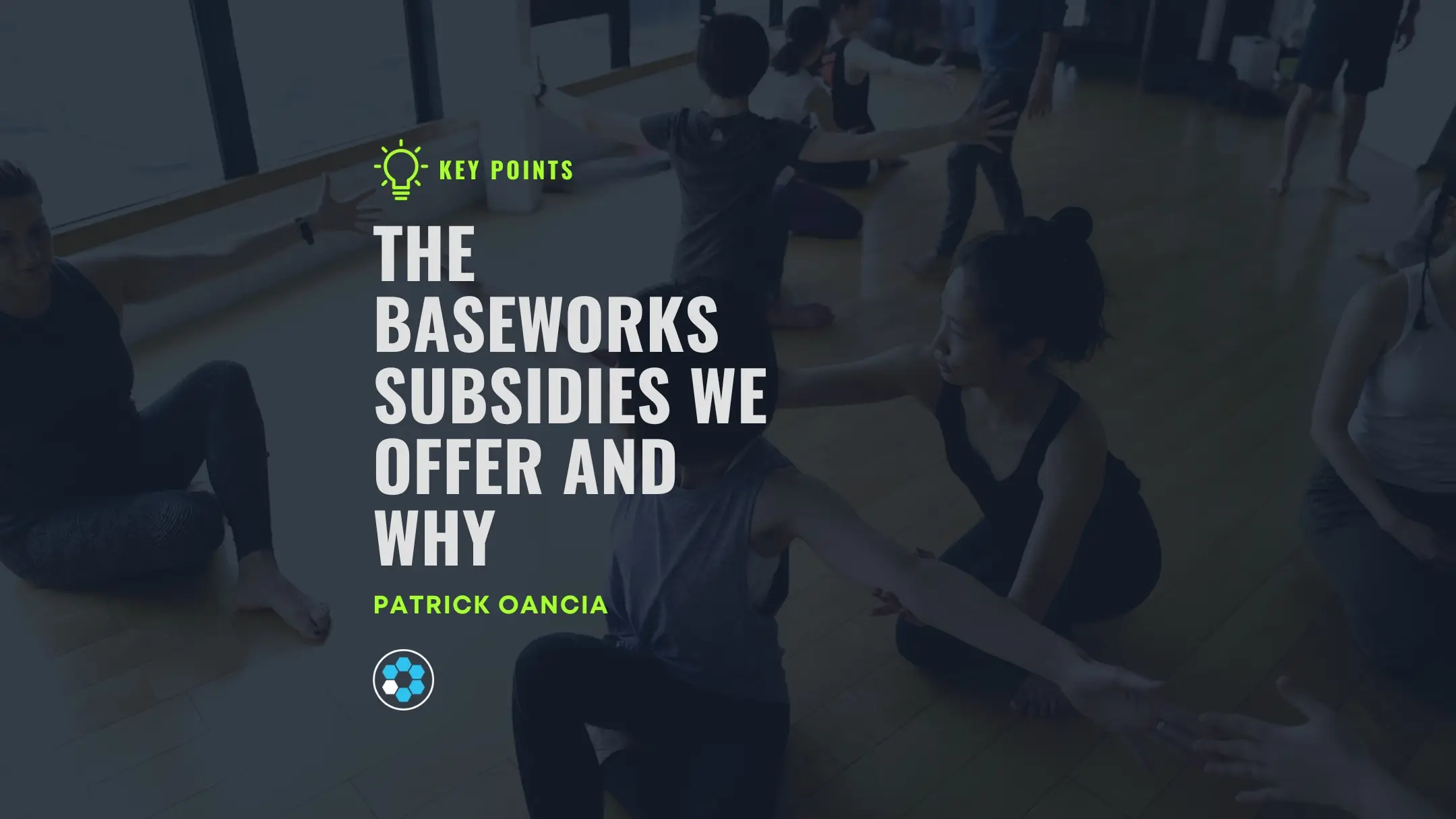The Form Videos are brief, focused videos dedicated to individual Baseworks Forms, available to all subscribers on the Platform.
Baseworks Forms are the individual units of the Baseworks Practice. The Form videos provide more detailed instruction than FOUNDATION and ELEMENTS practice sessions. These videos aim to enhance understanding and efficiency in approaching the dynamic combination of multiple Forms in FOUNDATION and ELEMENTS practice sessions. It’s like flashcards for learning vocabulary before grammatically constructing a sentence.
Form and Content
If you try to ask yourself, what is the ‘content’ as opposed to ‘form’ of a particular exercises, it may be challenging to find an immediate answer to this question, because we commonly don’t think about physical exercise in this way.
The idea of Form in Baseworks is much close to the idea of “Kata” in Karate than to “Exercise” in fitness training. See this Quest4 video to learn more about the form practice in Baseworks.
You can also think of the Forms as containers that need to be “filled” with Baseworks Movement Patterns. Although, when we say “Z lunge” in Baseworks, we mean both the macro and micro movements, as the first step, it may be helpful to imagine that you first position your body in a position that looks like “Z lunge,” and then you “apply all the movement patterns”.

The Baseworks Forms library
The Baseworks Forms library, available on our Platform, also provides a concise reference on how Baseworks movement patterns can be applied to common movements encountered in both the Practice Sessions and other movement or exercise modalities.
Below is an example of a form video.
From a conventional exercise and fitness perspective, it would be an abdominal exercise. However in Baseworks, we would engage the entire body, including fingers and toes, we will draw the shoulders down and apply other movement pattern to create the state of Distributed Activation.
Instead of ‘pushing through’ and holding this exercise for as long as possible, we would instruct to perform it at an intensity that would allow natural breathing. So, if a person does not have enough strength to extend the knees or lower their upper body, they will keep the knees bent, providing a gentle and manageable entry to strength training.
Although we always highlight that in order to build physical and perceptual skills, one needs continuity and repetition, and therefore, we recommend trying out the Baseworks Practice (the structured application of our method), you can use the Baseworks form library to get inspiration and techniques to immediately bring back and incorporate into your other training modalities.



